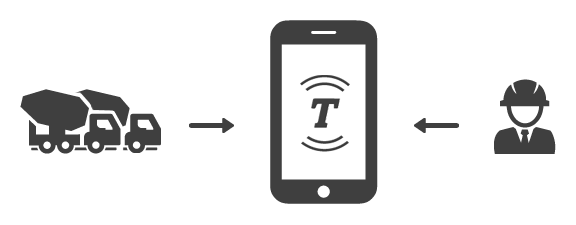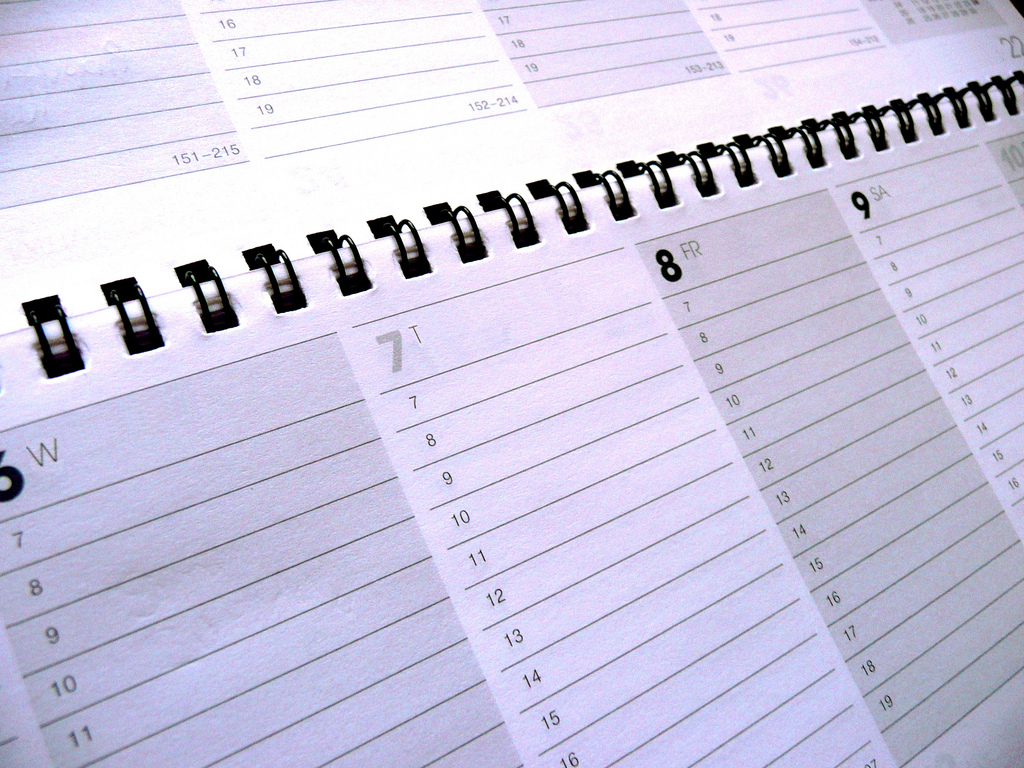We’re all for reducing paper use at Construction Junkie and, if you’re still using paper time sheets, it’s time to take a step in the right direction and automate your process. With many jobsites being far away from your company’s office, transferring paper time sheets can be extremely time consuming and costly.
Read moreMeasure Length and Area of a Site or Building with Google Maps
If you need to put together a quick estimate or just gain some general information on a building or site, you can gain some valuable information using Google Maps.
Read moreCreate an Employee Handbook to Protect Your Company
Employee handbooks not only let your employee what you expect of them, it can also protect your company from legal issues. If your company does not currently have a handbook or you're looking to update your existing one, be sure to continue reading.
Read moreVote for Your Favorite Construction Podcast
The nomination ballot is now closed on Construction Junkie’s Best Construction Podcast of 2015 and the voting ballot has officially opened, submit your votes on the form below. Voting will end at 5pm CST on May 6th and the winner will be crowned shortly after. Good luck to all of the finalists!
Read moreA Better, Stronger, Future Alternative to Cement
Photo courtesy of the Official US Navy Imagery
Cement has been around for a long time, historically since the Ancient Babylonians and Assyrians, whom used bitumen to bind materials together. In modern times, Portland cement has been the leader in the cement industry since it was created in Britain in the mid-1700s. Annually, Portland cement manufactures roughly 76.7 million metric tons of cement in the United States alone. There’s no telling how much they’ve manufactured for China, who has used more concrete in the past 3 years than the US did in the entire 20th Century!
Read moreHow Much Slope Should Your Trench Have?
photo by Andy Rogers
Trenches and excavation happen on nearly every new construction site and in many cases, not much is thought about them; it’s just a hole in the ground, right? Not quite. Trenches can be extremely dangerous, especially for those working in them. According to the Bureau of Labor Statistics, an average of 35 workers die from trench and excavation cave-ins EVERY YEAR.
Read moreStop Wondering When Your Next Batch of Concrete is Arriving
Truckest
There’s nothing worse for productivity or your schedule than sitting around the job site twiddling your thumbs waiting for materials to rise, especially when it comes to concrete. For most jobs, concrete pours are milestones that just can’t be missed without devastating consequences. The problem is, concrete deliveries place the contractor at the mercy of the supplier, making call after call following up to make sure there are no delays.
Read moreKnow What Should Be Included in Your Overhead Costs to Keep Your Company Profitable
Winning a bid is a wonderful thing. That is, unless, you win it and end up losing money in the process. A key factor in making a profit is having a good understanding of what your company’s overheads costs are.
Read moreHow to Hold Your Subs Accountable For Their OSHA Violations
General Contractors are often tasked with being everywhere at the same time and OSHA takes no exception to that. OSHA’s directive number CPL 2-0.124 states that on any multi-employer worksite, multiple companies can be held liable for the same OSHA infraction, even the “controlling” entity (read: General Contractor) even if they didn’t cause the infraction.
Read more4 Reasons Your Project is Behind Schedule
photo by photosteve101
The ability to stick to a schedule is one of the most important skills in the construction industry and it takes years to master. Schedule delays not only cost the contractor time and money, but it can cost the owner thousands of dollars of lost sales and delay people from starting jobs. If the owner loses money, a battle for liquidated damages is likely to occur. As with many things, early detection and swift reaction is key to battling schedule slippage and knowing the causes of slippage makes it easier to detect.
Read more








